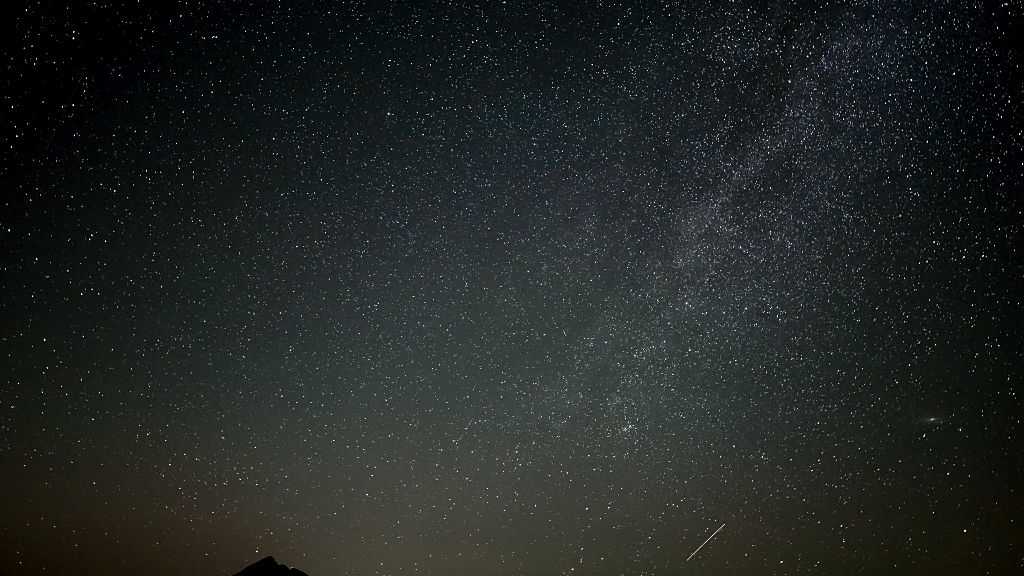The Perseid meteor shower is underway. Here’s when they’ll peak in August
The Earth is currently edging into three active meteor debris fields: the Southern Delta Aquariids, the Alpha Capricornids and the Perseids.

Updated: 4:01 PM PDT Jul 18, 2025
The Earth is currently edging into three active meteor debris fields: the Southern Delta Aquariids, the Alpha Capricornids and the Perseids. Out of these, the Perseids are the biggest and the most well-known. They reach their peak this year on the night of Aug. 12-13. Typically, 50 to 70 meteors an hour can be seen when viewing in areas without light pollution. Unfortunately, this year the moon will be 84% full, making meteor gazing difficult with only the brightest meteors visible to the naked eye in Northern California. Regardless, it will be a great excuse to get out and look at the night sky.See more coverage of top California stories here | Download our app | Subscribe to our morning newsletter | Find us on YouTube here and subscribe to our channel
The Earth is currently edging into three active meteor debris fields: the Southern Delta Aquariids, the Alpha Capricornids and the Perseids.
Out of these, the Perseids are the biggest and the most well-known.
They reach their peak this year on the night of Aug. 12-13. Typically, 50 to 70 meteors an hour can be seen when viewing in areas without light pollution.
Unfortunately, this year the moon will be 84% full, making meteor gazing difficult with only the brightest meteors visible to the naked eye in Northern California.
Regardless, it will be a great excuse to get out and look at the night sky.
See more coverage of top California stories here | Download our app | Subscribe to our morning newsletter | Find us on YouTube here and subscribe to our channel
